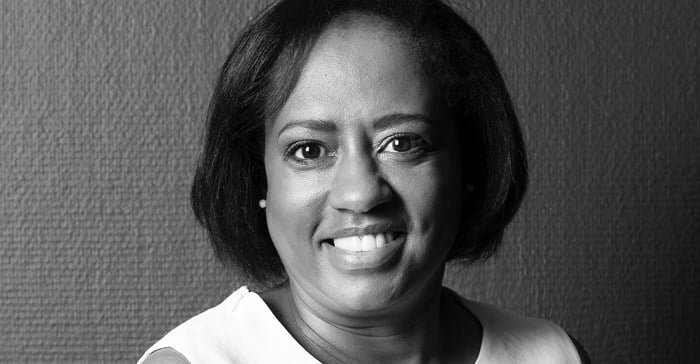Over the years, the evolution of the banking sector has been enormous.

Source: Supplied. Head of Marketing, Corporate and Institutional Banking at Investec.
One of the more disruptive forces is the customer’s desire to take on more control and shape their financial management and destiny.
Easily accessible apps, the disintermediation of advisers and brokers and increasing financial literacy mean that individuals as well as companies have a lot more control in the financial services universe like never before.
Digitalisation has given customers more choice and technologically-empowered consumers expect a step up in how brands in this sector engage with them today.
Adapting to these changes is important in branding, but only in a way which remains true to the core values and purpose of a brand, grounded on what customers need and expect as human beings not just data points.
In the banking and financial space, we have seen noticeable shifts in three things over the last 20 months:
Re-evaluation of value
During the pandemic people have had time to reflect on what really matters and makes a real difference to them.
Marketers need to be cognisant of what is valued by their clients today – in many instances it is more purpose driven, for instance with a greater than ever Environmental, Social and Governance (ESG) lens on how they want to spend their time and other resources.
Illustrations include bank clients who have been extremely successful in business but - perhaps struggling to cope with the workload - would now rather spend more time on more strategic prioritised activities; while others who had struggling businesses during the pandemic are rethinking business models and deliberating on input vs benefit. In both cases there is a re-evaluation of what they value.
This is of significant importance to marketers who have to be agile enough to adapt to rapid change. And this means we are having to re-evaluate our own values so as to give clients more of what they want and less of what they don’t want. We are thinking about how to do things with more meaning in a way that makes sense to clients while still keeping within our own purpose.
A growing collaborative learning environment
A change that was already well underway but accelerated during Covid-19, is developing a collaborative teams-based approach which is more flexible in its skills sets.
Marketers have to embrace continuous professional development, and team leaders of marketing and branding teams have to be more attuned in their recruitment processes to selecting people who show adaptability, resilience and a willingness to learn continuously.
A feature of this is to have more generalists who can work across multiple environments, function collaboratively and apply or pull in those specialist skills where appropriate. The requirement today is to hire people who are curious and quick learners rather than for their existing skills base - people who are always advancing their skills, questioning the status quo and adaptable to what works best are best suited for this profession now.
Personalisation, the use of tech and data tools
The challenge of personalisation has been accentuated by crucial change. Demand for privacy and the rise of the ‘filter bubble’ brought on by remote working and software manipulation, is challenging how brands connect. Assumptions about markets based on an assemblage of data points is not a reflection of that consumer’s entire world and brands have to tread carefully. Relevance is still the holy grail for brand growth, and tech and data have to be used responsibly not to over reach in influence.
Consuming media today has become akin to an echo chamber and the challenge for marketers is how to get fresh and resonant information through to people who are essentially insulated from multiple viewpoints.
In this environment, trust is essential and a brand has to act transparently and credibly because all this can be eroded in a heartbeat. This means marketers have to be prepared to say ‘no’ to activity that is borderline in terms of personal infringement and might dilute a brand’s repute.
Finally, sentiment remains a powerful driver of behaviour, and marketers still need to establish emotional connections in order to shift or assure mind states for favourable results. ‘Hope’ and the idea that things can get better are such strongest motivators for success that this is not be neglected in our communication. Provided it’s sincere, a hope-inspiring brand can be a powerful tonic to people who, at a moment in time, see no way out.
There are incredible opportunities out there for individuals, and companies and brands that are brave and bold will make great strides.









































